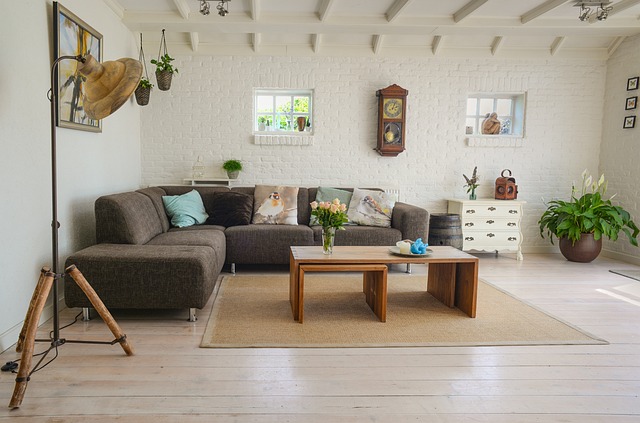Living Room
At Purespace interiors, we believe the living room is the heart of the home—a place where functionality meets beauty and comfort. Our expert designers specialize in crafting spaces that reflect your personality while meeting your unique needs. Whether you envision a modern, minimalist retreat, a cozy, rustic escape, or an elegant, sophisticated gathering space, we bring your dream living room to life.
Our Living room design gallery






The Ultimate Guide to Living Room Design: Creating a Comfortable and Stylish Space
The living room is the heart of the home—a place for relaxation, socializing, and family bonding. It’s where you entertain guests, unwind after a long day, and sometimes even work or engage in hobbies. Designing a living room that is both functional and aesthetically pleasing requires thoughtful planning and a good understanding of how to blend style, comfort, and practicality. This guide covers the key elements to consider when designing your ideal living room.
1. Understanding Your Needs and Lifestyle
The first step in designing your living room is to consider how you will use the space. Understanding your lifestyle and needs will help guide your design choices. Here are some questions to ask yourself:
How many people use the living room? Are you designing for a family, for entertaining guests, or as a personal retreat? The number of people who use the space will affect the seating and layout choices.
What activities take place here? Do you watch a lot of TV, or is this a space for reading, working, or hosting dinner parties? Your living room layout and furniture should support the activities you enjoy.
Do you have children or pets? If so, you’ll want to choose furniture and materials that are durable and easy to clean, and design with safety in mind.
2. Choosing a Functional Layout
The layout of your living room will set the tone for how the space flows and functions. A good layout creates balance and makes the room feel inviting and cohesive.
Focal Point: Every living room should have a focal point, which can be a fireplace, a large piece of art, or a television. Arrange your furniture around this focal point to encourage natural flow and conversation.
Seating Arrangement: Consider the type of seating that suits your needs—whether it’s a sectional sofa, a few cozy armchairs, or a mix of seating options. Ensure there is enough seating for the number of people typically using the room.
Traffic Flow: Be mindful of traffic flow and how people will move through the room. Avoid overcrowding the space with furniture, and ensure there’s enough room to walk freely from one side to the other.
Zone the Space: If your living room serves multiple purposes (e.g., a reading nook, work area, or play zone), use rugs, furniture placement, or lighting to create distinct zones within the room.
3. Selecting the Right Furniture
Furniture is at the heart of living room design. Choosing the right pieces can elevate the overall style and make the room more comfortable and functional.
Sofa: The sofa is often the centerpiece of the living room. Choose a style and size that fits your space and lifestyle. For a family, a sectional or large sofa might work best, while a sleek, smaller sofa might be better for smaller spaces or more formal rooms.
Coffee Table: A coffee table provides both function and style. Opt for a table that complements the sofa and fits the size of the room. For smaller spaces, consider a minimalist or round table, which is less obtrusive.
Storage: Living rooms need storage to keep things organized. Consider furniture pieces that offer built-in storage, like ottomans, storage benches, or media consoles, to reduce clutter.
Side Tables & Chairs: Add side tables or accent chairs to balance the space and provide additional seating. A pair of matching chairs can create symmetry, while mismatched pieces can add personality and charm.
4. Color Scheme and Palette
The colors you choose for your living room will set the mood and tone of the space. Whether you prefer calming neutrals, bold statements, or something in between, your color palette can make a significant impact.
Neutral Tones: Neutral colors like beige, gray, or white are timeless and versatile. They create a soothing environment and allow you to play with pops of color through accessories like cushions, artwork, or rugs.
Accent Colors: If you want to add energy to the space, choose one or two accent colors to incorporate into the room. Deep blues, rich greens, or warm oranges can create a striking contrast when used thoughtfully.
Bold and Bright: For a more vibrant, playful look, you can opt for bolder shades like teal, mustard, or red. These colors work well as accent walls or for furniture pieces, especially in modern or eclectic spaces.
Monochromatic Scheme: A monochromatic color scheme uses varying shades of one color to create a cohesive and calming look. This approach works well for minimalist or contemporary living rooms.
